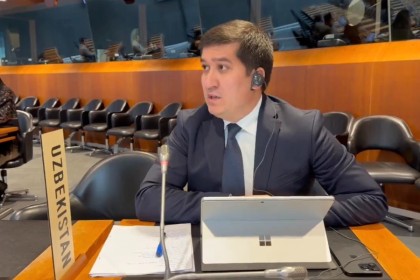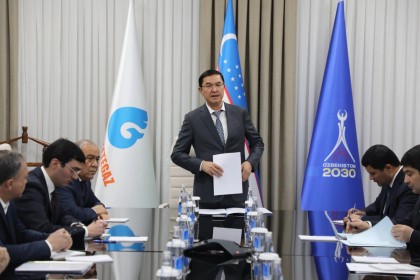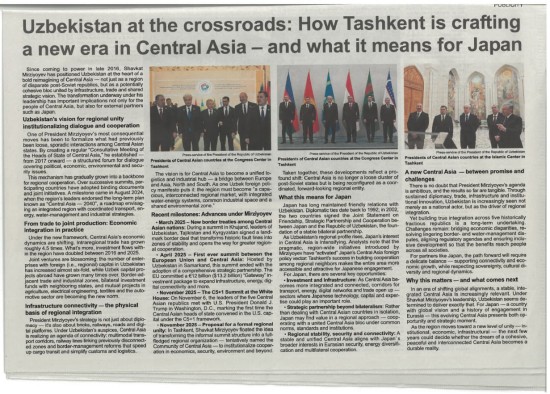Moody's Investors Service ("Moody's") has today changed the Government of Uzbekistan's rating outlook to positive from stable, and concurrently affirmed the B1 long-term issuer and senior unsecured ratings and the (P)B1 senior unsecured MTN program ratings.
The outlook change to positive reflects demonstrated improvements to institutional capacity and policy effectiveness that, if continued, will support a higher rating. In Moody's baseline, gradual progress with key structural reforms including improvements to the monetary policy framework and adoption of a medium-term fiscal strategy will limit the growth of government debt. Further progress in reforms that further open the economy and financial sector to more competition and spur productivity in sectors such as textiles would point to stronger creditworthiness.
The affirmation of the rating reflects Uzbekistan's small, low-income economy and fiscal and political risks relating to the government's forthcoming structural reforms that will reduce the state's substantial role in the economy and which may result in the crystallization of contingent liabilities during the transition to a market-driven economy. The rating also reflects moderate external vulnerability and government liquidity risks and a moderate public debt burden at low interest costs, albeit with an increasing share of external borrowings that are on commercial terms.
Uzbekistan's local and foreign currency country ceilings remain unchanged at Ba2 and B1, respectively. The two-notch gap between the local currency ceiling and the sovereign rating reflects the government's large footprint in the economy and weak policy predictability, balanced partially by moderate external vulnerability risk that reflects a moderate external debt stock that is on largely concessional terms. The two-notch gap between the foreign currency ceiling and the local currency ceiling incorporates Uzbekistan's relatively weak monetary and fiscal policy frameworks, and a restricted capital account that may be prone to further transfer and convertibility restrictions in times of stress.














